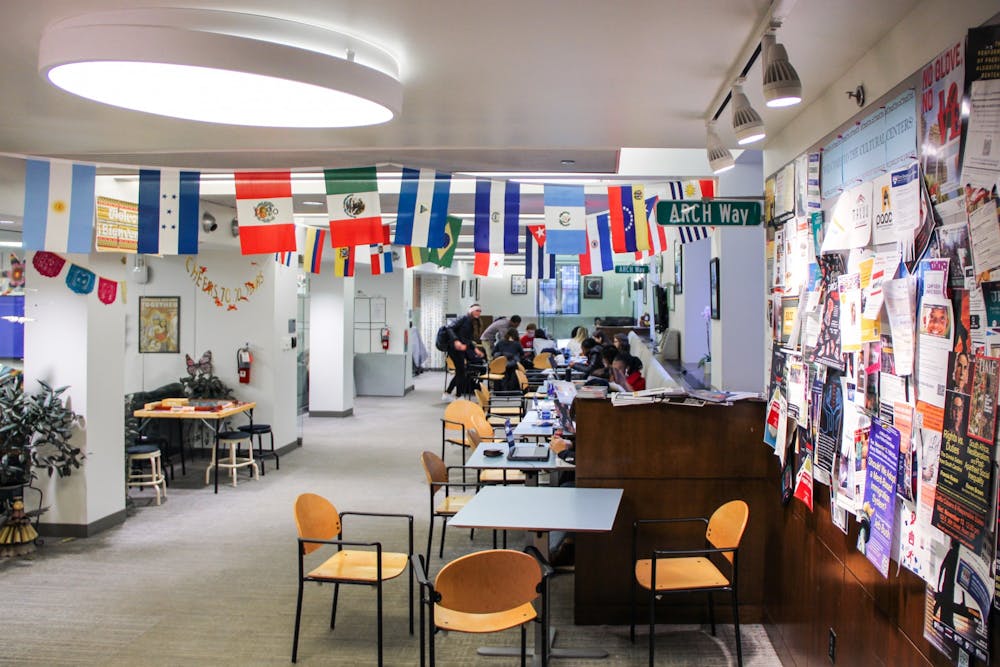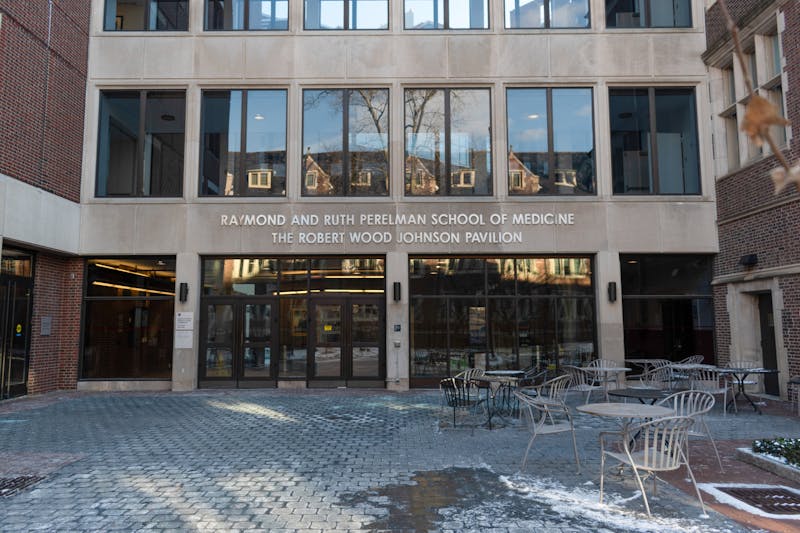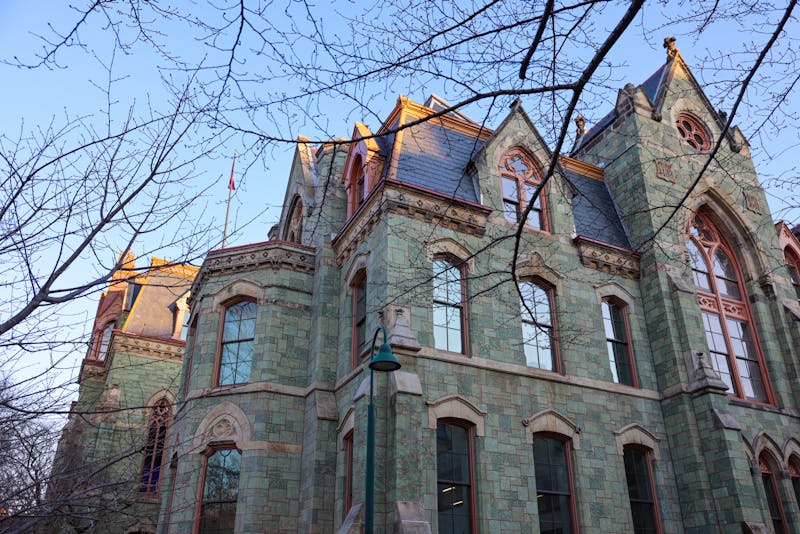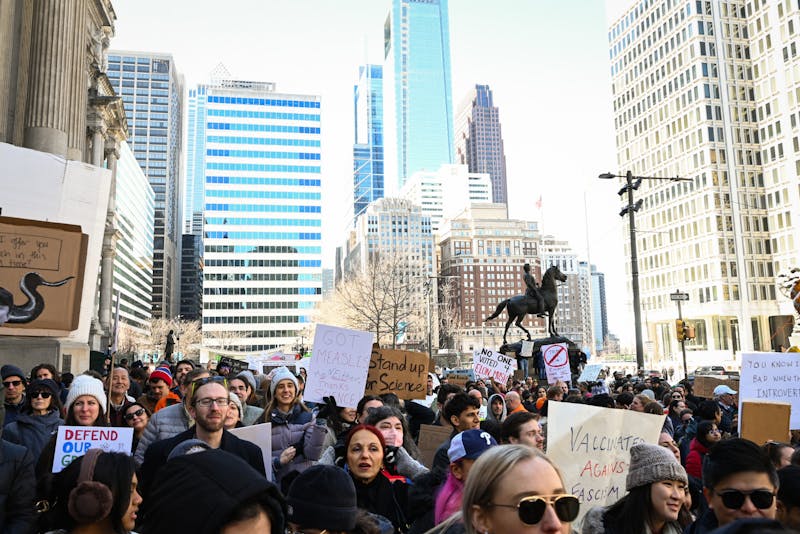
Last month, Penn allowed three of Penn's cultural houses to expand their spaces beyond the basement of the ARCH building to the upper floors of the building. Penn’s gesture may seem like a positive step forward in the cultural centers' fight for increased space. But when compared to the University's treatment of other groups, such as fraternities or academic programs, it’s clear that Penn’s offer is inadequate.
The 6B, Penn's main minority group coalition, has been lobbying for increased space for the cultural houses on campus, and rightfully so. For years, the groups have been cramped in the same basement, while sharing a building with the Center for Undergraduate Research and Fellowships, Benjamin Franklin Scholars, University Scholars, and Student Performing Arts.
However, Penn’s offer for the cultural groups to expand above ground is a weak, half-hearted attempt by the administration to quell student minority groups’ demands. Without any definitive renovation plans on how to best accommodate the 6B cultural centers alongside the several other groups hosted in the ARCH, the offer is one that falls flat. It’s as if Penn, tired of hearing minority students' demands, hastily offered an incomplete solution to satisfy students.
Moreover, the proposed expansion pales in comparison to the space afforded to fraternities on campus. Penn’s minority groups have been quick to compare the spacious fraternity houses lining Locust Walk with the cramped basement of the cultural centers. It’s absurd that Penn would provide so much space for a chapter house, especially given the strength of Greek life on campus, yet designate such little space to cultural centers that offer safe spaces for minority groups. If Penn is willing to allow Greek houses to stand in their own buildings on Locust, then cultural centers deserve their own separate buildings as well.
Penn’s offer for the 6B groups to expand upstairs also pales in comparison to the series of new building constructions taking place — none of which involve minority groups or the cultural centers at Penn. There is a new Wharton Academic Research Building being built with a construction budget of $75 million. It was also just announced that the School of Engineering and Applied Science will receive a new data science building. Amid the millions Penn is investing into new building projects, what amount of that has been spent on minority groups? It’s unlikely that the best Penn has to offer to these groups is to add a few renovations in the ARCH and to move them upstairs.
The 6B groups must keep pushing for Penn to give more space to minority groups on campus. If Penn is willing to let Greek houses stand right on Locust Walk and pour millions into dozens of new building projects, then Penn can also honestly listen to the concerns of its minority groups and give us our own unique building on campus. The expansion is a small, albeit inadequate, step forward. The push can’t end there. Until minority groups see equal representation and value on campus from Penn administration, via equal spacing and resources, then whatever small offers Penn might provide will not be good enough.

LARK YAN is a College sophomore from Toledo, Ohio studying Health and Societies. Her email address is larkyan@sas.upenn.edu.
The Daily Pennsylvanian is an independent, student-run newspaper. Please consider making a donation to support the coverage that shapes the University. Your generosity ensures a future of strong journalism at Penn.
Donate






